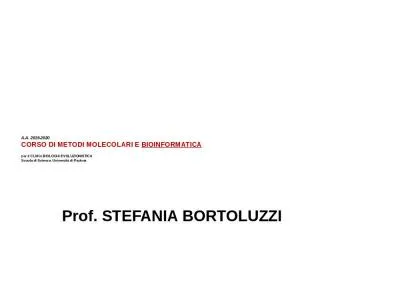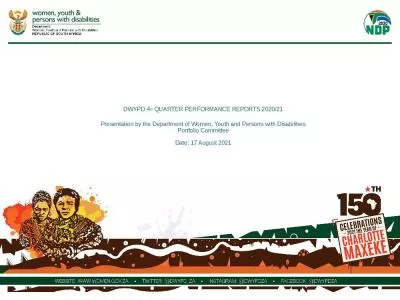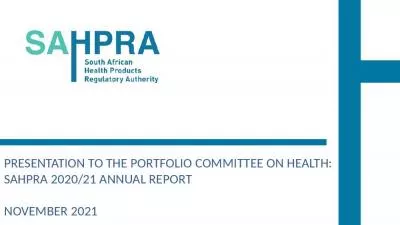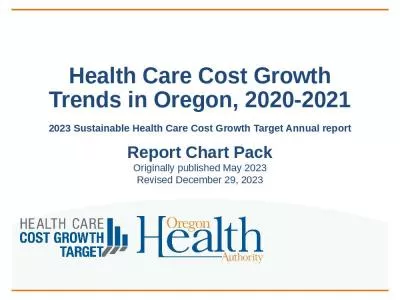PPT-A.A. 2020-2021 CORSO DI METODI MOLECOLARI E
Author : ximena | Published Date : 2024-02-02
BIOINFORMATICA per il CLM in BIOLOGIA EVOLUZIONISTICA Scuola di Scienze Università di Padova Prof STEFANIA BORTOLUZZI Outline Transcriptomics today RNA seq features
Presentation Embed Code
Download Presentation
Download Presentation The PPT/PDF document "A.A. 2020-2021 CORSO DI METODI MOLECOLAR..." is the property of its rightful owner. Permission is granted to download and print the materials on this website for personal, non-commercial use only, and to display it on your personal computer provided you do not modify the materials and that you retain all copyright notices contained in the materials. By downloading content from our website, you accept the terms of this agreement.
A.A. 2020-2021 CORSO DI METODI MOLECOLARI E: Transcript
Download Rules Of Document
"A.A. 2020-2021 CORSO DI METODI MOLECOLARI E"The content belongs to its owner. You may download and print it for personal use, without modification, and keep all copyright notices. By downloading, you agree to these terms.
Related Documents

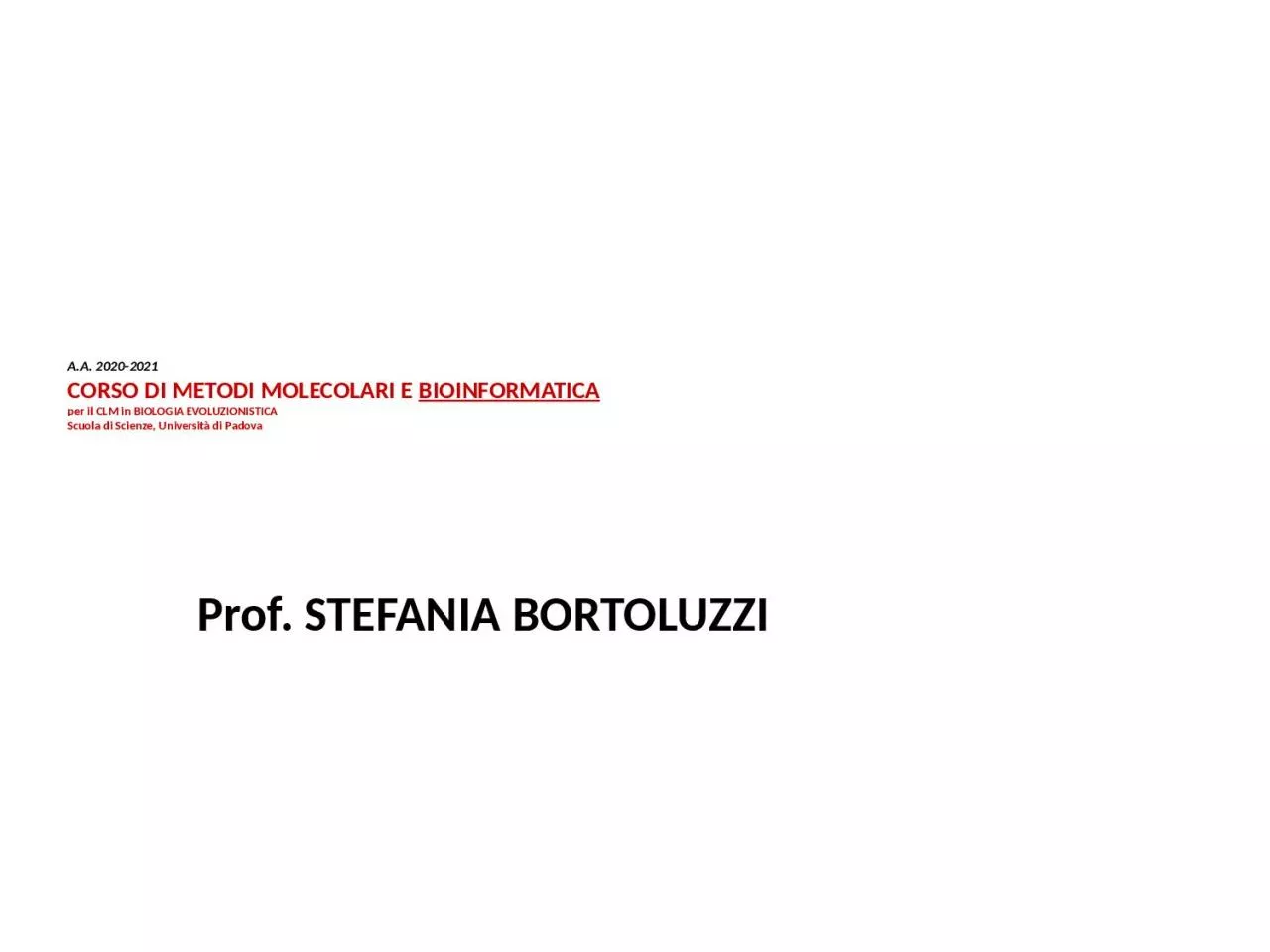


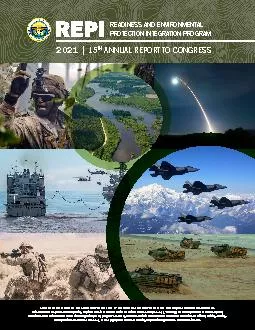
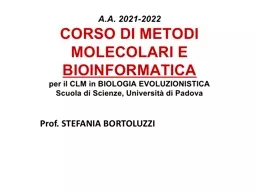

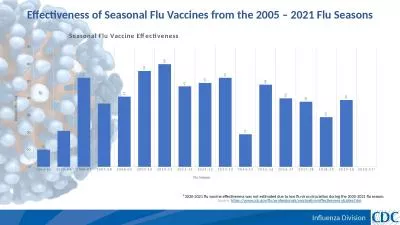
![[READ] 2020-2021 Academic Planner July 2020-June 2021: Bird Floral Cover | 2020-2021 Academic](https://thumbs.docslides.com/1005279/read-2020-2021-academic-planner-july-2020-june-2021-bird-floral-cover-2020-2021-academic-year-weekly-appointment-book-15-minute-interval-daily-hourly-planner-appointment-book-large-8-5-x-11.jpg)
